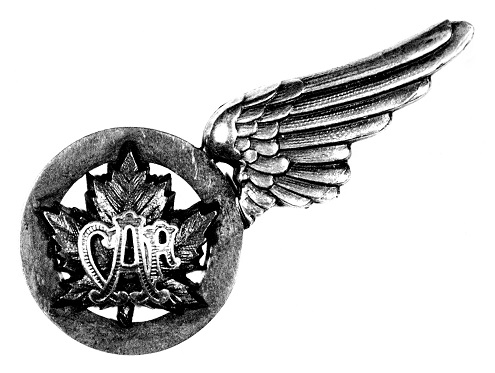The Air Force between the wars (1918-1939) - part 1
The Canadian Air Force (CAF) was created too late in the First World War for significant growth. Six more squadrons were planned for service in Europe, but with the war’s end on November 11, 1918, the plans were not implemented.

What would become of the fledgling CAF? By February 5, 1920, the two squadrons (still cooling their heels overseas) were disbanded and their personnel sent back to Canada. But an Order-in-Council on February 18, 1920, authorized a new, non-permanent CAF with a provisional establishment of 1,340 officers and 3,905 airmen.
The first aircraft flown by the new CAF were actually gifts from Great Britain and the United States following the end of the war. Canada also inherited the Royal Flying Corps (RFC) training stations in Ontario.
The CAF became part of a civilian Air Board. Throughout the 1920s and 1930s, the Air Force conducted aerial mapping operations, forest fire, anti-smuggling and fisheries patrols, and forest surveys, and developed airmail and long-distance flying routes.
These operations gave the CAF a raison d’être for continued government funding. This enabled the development of officers and senior non-commissioned members who would later ensure the RCAF made a successful transition from training to wartime operations.
The “big cut” came in 1932–1933 because of the Great Depression. It brought a huge reduction in budget and personnel. Afterwards, as the Royal Canadian Air Force (RCAF) began to rebuild, its role was increasingly refocused from civil air activities to military activities.
When the Second World War broke out, the RCAF had a small but capable corps of experienced personnel able to expand and carry out military operations from the outset.
DID YOU KNOW…
Sergeant John Michael Ready was the first Royal Canadian Air Force (RCAF) member saved by a parachute. He was forced to jump from his aircraft near Lac du Bonnet, Manitoba, while carrying out a forestry patrol on August 16, 1929.

This observer wing was worn by members of the CAF before 1924.
DID YOU KNOW…
The CAF used Army and Air Force ranks interchangeably until November 28, 1922, when Canadians adopted the Royal Air Force (RAF) rank designations. That’s why you can sometimes find William Barker and Billy Bishop referred to as either lieutenant-colonel or wing commander.
Report a problem or mistake on this page
- Date modified: